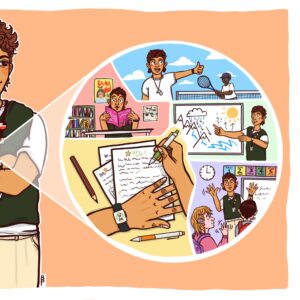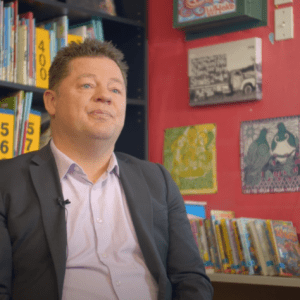Progress on inclusive education (IE) over the last decade means hope is strong for the next ten years and beyond. What’s more, IE is increasingly seen as the key to addressing diverse student learning needs right across centres and schools.
In Auckland, for example, teachers are reporting that post-COVID around 30 percent of five-year-olds are arriving at school needing extra learning support. A system that is responsive and adaptive enough so that every child can experience success is where aspirations lie.
“We’ve had lots of success stories,” says Dominion Road School principal Lesley Mitchell, who took on the role four years ago.
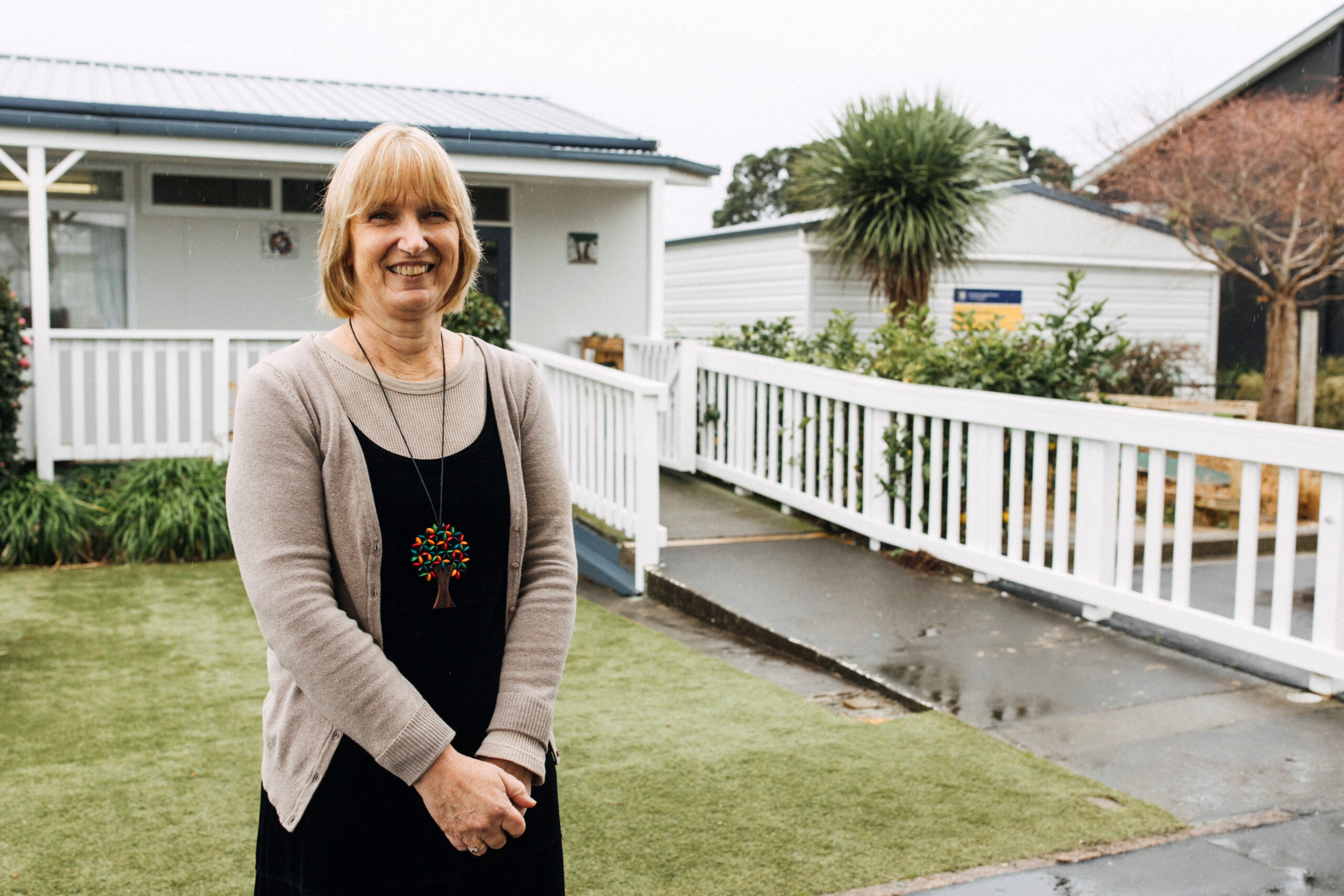
One story she likes to share concerns the school pōwhiri that happens at the start of each term. The school hosts three satellite classes from Central Auckland Specialist School (CASS), whose students have high and complex needs.
“At our most recent pōwhiri we had a really good turnout of new CASS parents as manuhiri, and when I asked for a speaker from the parents, a CASS parent offered – he spoke on behalf of all the parents, and he said how welcome he felt at our school.”
She sees it as a sign of how far the school has come in integrating the CASS classes. It’s essential, she says, to have IE front and centre in the school’s strategic plan. From there, many initiatives can flow.
“At the beginning, CASS staff weren’t visible in the school. Now they come to the staffroom for morning tea and lunch and to other events and activities.” Increasingly these teachers, teacher aides (TAs), learning assistants and other specialists are a valuable resource for the whole school.
Mitchell says there can be a kind of unconscious bias when it comes to IE. Teachers might not see the need to integrate, but when they do – they realise there’s a lot to learn. “And what could be better than having this wonderful resource in your own school.”
“Parents can see that, yes, actually, their child can cope in mainstream. They’re managing fine.”
CASS families were invited to sign up for the whole school newsletter, which they did. CASS students are invited to join in whole school events like Pink Shirt Day, Book Character Day and house fun days – “in assembly, they come up each week to receive a Principal’s Award from me like all the other students”.
CASS students are also beginning to attend mainstream classes including for fitness, art, te reo and maths. “Then parents can see that, yes, actually, their child can cope in mainstream. They’re managing fine. Our children become role models and you can see the CASS students, and our students, really grow.”
Meetings are held each term with CASS teachers to share what is happening in the school and at CASS to facilitate integration. “It’s all part of getting the CASS classes to feel that they belong. That they are part of the team,” says Mitchell.
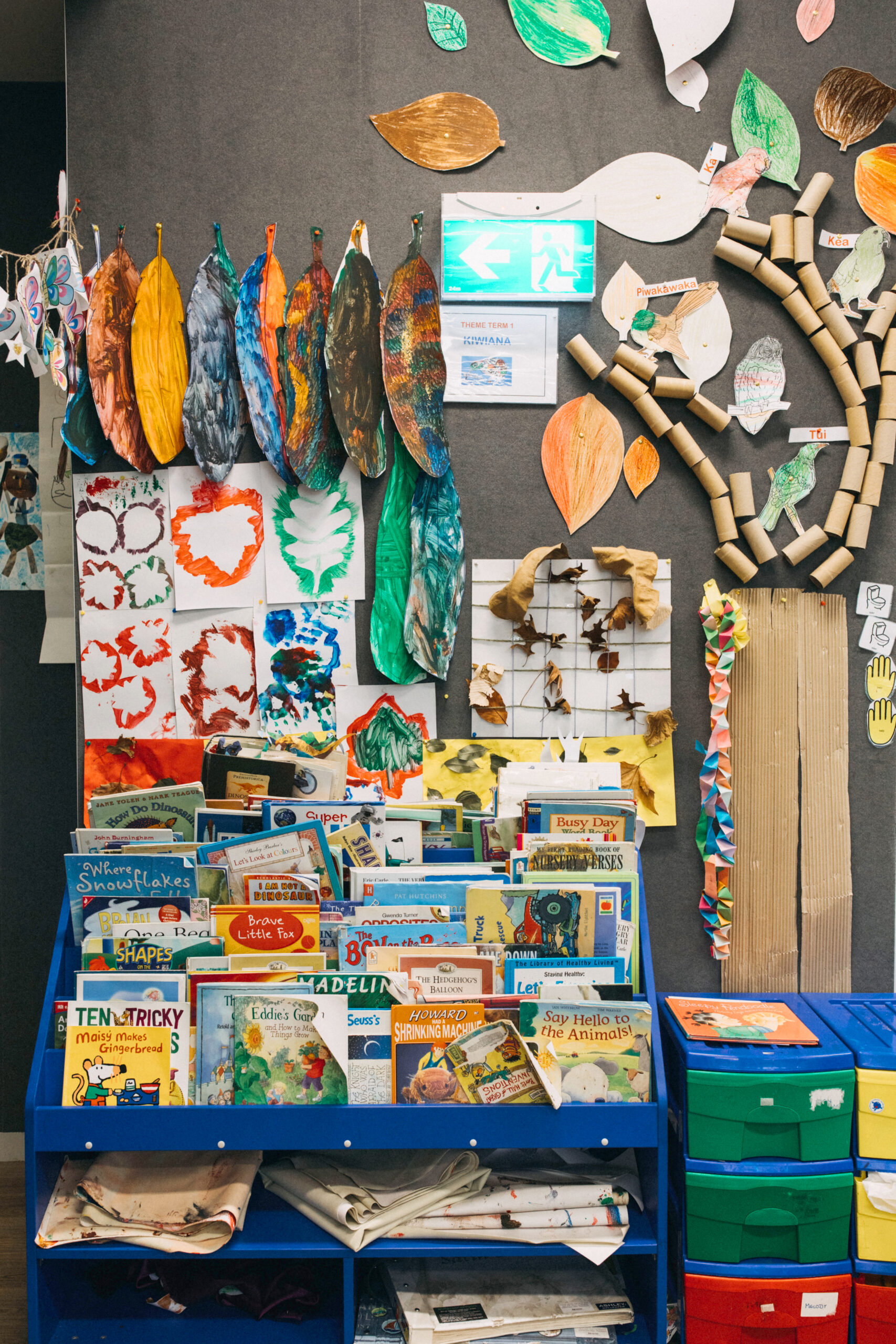

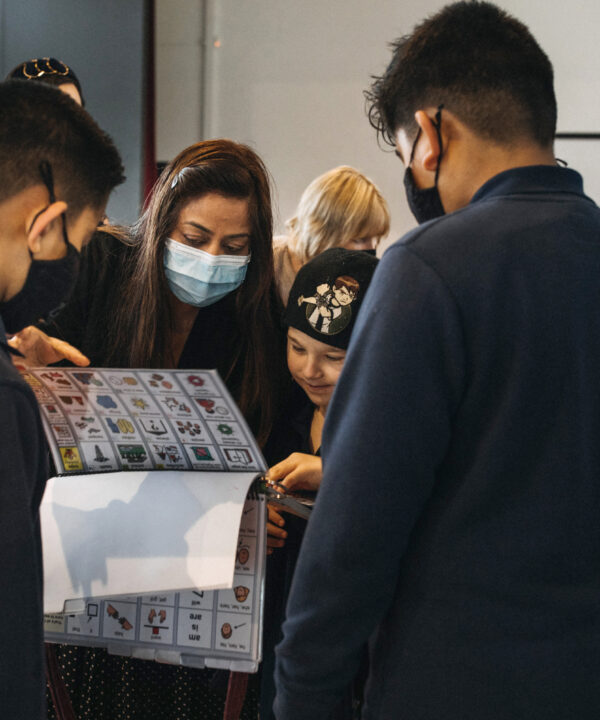

It can be incredibly tough for parents of high needs students, she says. “So much energy can go into just coping on the day. We need to give their children as much of a chance as we can, and we need to make them and their parents feel welcome, a part of the school community.”
Like many teachers, Mitchell stresses the need for more IE professional learning and development (PLD) for mainstream educators. She says the Ministry of Education (MoE) recently offered a Zoom session on autism and four teachers from Dominion Road signed up. “Then we got an email from the ministry to say the session was over-subscribed. They asked us to cut back our numbers by half!”
But Mitchell remains passionate and optimistic. “I really like how the language has changed – for example, from ‘special schools’ to ‘specialist schools’ in the new Education Act. That changes the whole mindset. In the wider community, inclusive education can still be seen as a poor relation, but that one little change is helping to shift perceptions.”
Importantly, IE is addressing immediate needs at the school. “Post-COVID, we’re seeing high numbers of five-year-olds coming into school with almost no language, with high and complex needs, so the relationships we are building with learning specialists can only help. We are adapting our teaching for these children, rather than expecting them to fit in with structured classroom programmes – that’s what we’re learning from IE.”

In an ideal world, all schools will have the resources, skills and adaptations to enable all children to attend their local school.
It’s what the New Zealand Government signed up to with the UN Convention on the Rights of Persons with Disabilities in 2008. Combine that with the new Education Act, which states the education system will provide “New Zealanders … with the skills, knowledge and capabilities that they need to fully participate in the labour market, society and their communities” and we’re a long way from the origins of “special” schools in the ugly philosophy of eugenics, and the deep shame that was attached to disability in the nineteenth and early twentieth centuries.
Many groups and advocates over the intervening decades, including more recently People First New Zealand and the Inclusive Education Action Group, are seen as having been very effective agents for change.
“The most vulnerable students shouldn’t
have to be the ones making the biggest adjustments to go to school.”
However, a belief continues that the very existence of specialist schools and their satellite classes in mainstream classes mean some teachers will take the easy option, telling students that “they need a rest” in a satellite class, rather than learning about what needs to change for the student.
Students can bounce back and forth between mainstream and specialist schools, which may be at a long distance from their local community, and they lose any real connection they might have to their school community.
But CASS principal Trudi Brocas says specialist schools are one part of a continuum of choice for a small number of students with very high and complex needs. The schools are a resource of specialist knowledge and expertise that local schools can draw on.
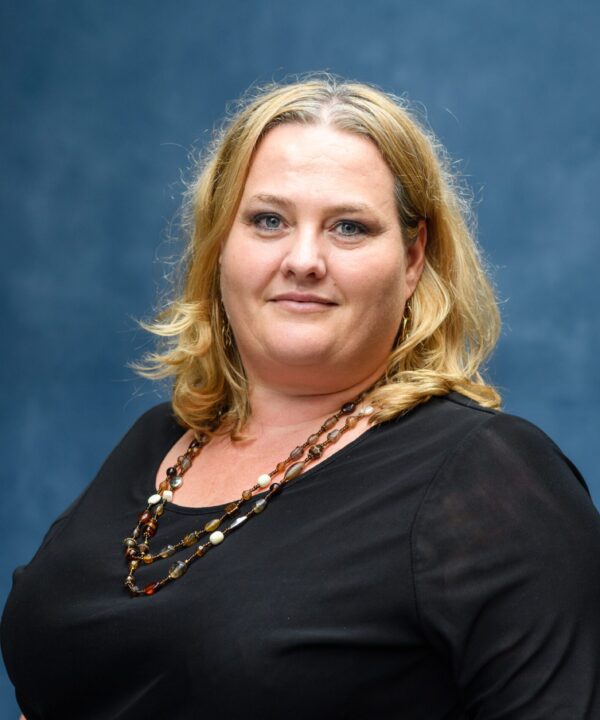
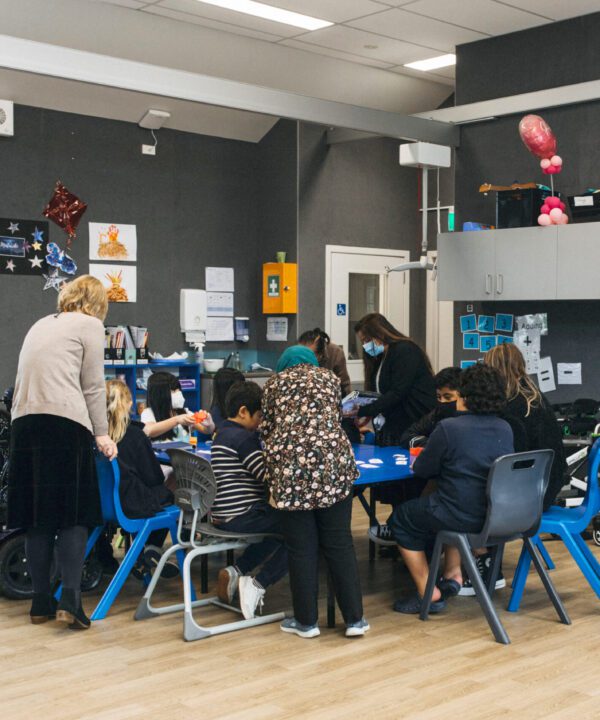
About 1.3 percent of Aotearoa New Zealand students are fully ORS (ongoing resourcing scheme) funded, and about half of these attend specialist schools.
Brocas says, “There’s been a big pedagogical shift in the last 10 years, from specialist schools being a place where kids go when the system has failed to being a first choice for many families. Students are able to experience success in learning environments that are designed just for them.”
“We are focussed on students’ engagement and learning. There is very good research coming in from overseas. As a small country, we’re not always doing that research, but as specialist schools we can access the overseas work and adapt it to suit the New Zealand system and our curriculum.”
Sometimes students and parents choose a specialist school because of the extra resources, she says. In a specialist school, “we’re really committed to creating the right environment for students to reach their learning potential. It is a community.
“Here, we can be very explicit with the learning, and we have higher ratios of very skilled TAs, learning assistants and therapists. The most vulnerable students shouldn’t have to be the ones making the biggest adjustments to go to school.”
The high ratios in specialist schools are important, she says, because the learning there is so relational. While technology has its uses, for example, communication devices for non-verbal students, it can be tricky for some students with autism. “They can end up becoming really fixated on devices and we want out learners to extend their range of learning experiences and learning-focussed relationships. We need to ensure they get a wide range of people experience, so there is a reason to communicate, as well as having a communication tool to use.”
Almost all the key concepts in the New Zealand Curriculum are about people, she says, about participating, contributing, relating to others and so on. “But how do you participate in the world around you, if you’re vulnerable and the world is very confusing. It’s the responsibility of educators to give children as much confidence and skills as possible to connect, engage and learn.”
She emphasises that the teaching in specialist schools needs to be explicit. “Play, for example – it can look quite different here. For some with physical disabilities, they may not have been able to do important developmental things like roll over or crawl, which helps you understand the world around you. Others may not have had early childhood education opportunities, or perhaps weren’t ready for them when they were there.
“Our job is to work out how our learners play, what they need to be able to access play, and what teachers and learning assistants can do to build on where they are at. Play is important for all kids – it’s where we model curiosity, communication and problem-solving. For those with autism, it might be about how to enable them to let us into their world and create shared attention using their interests.”

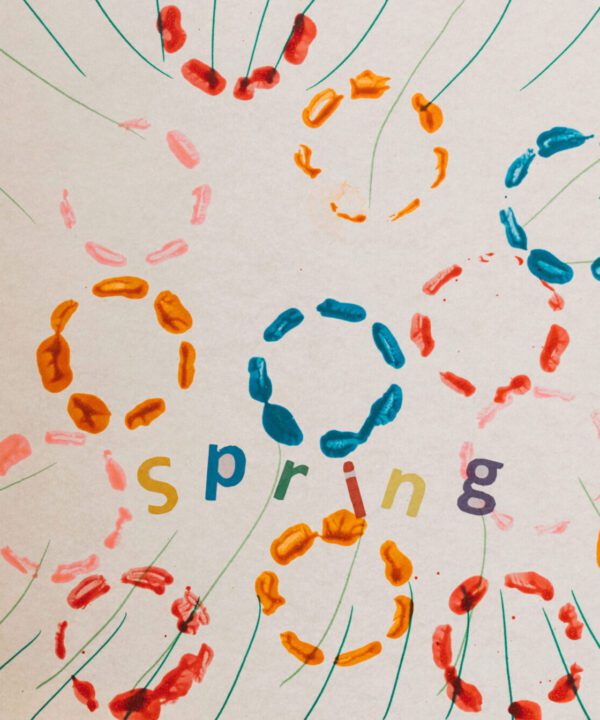
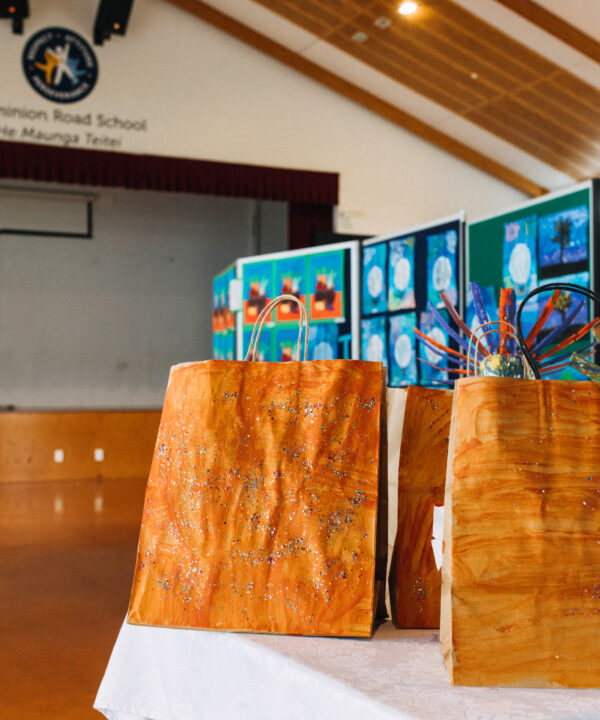
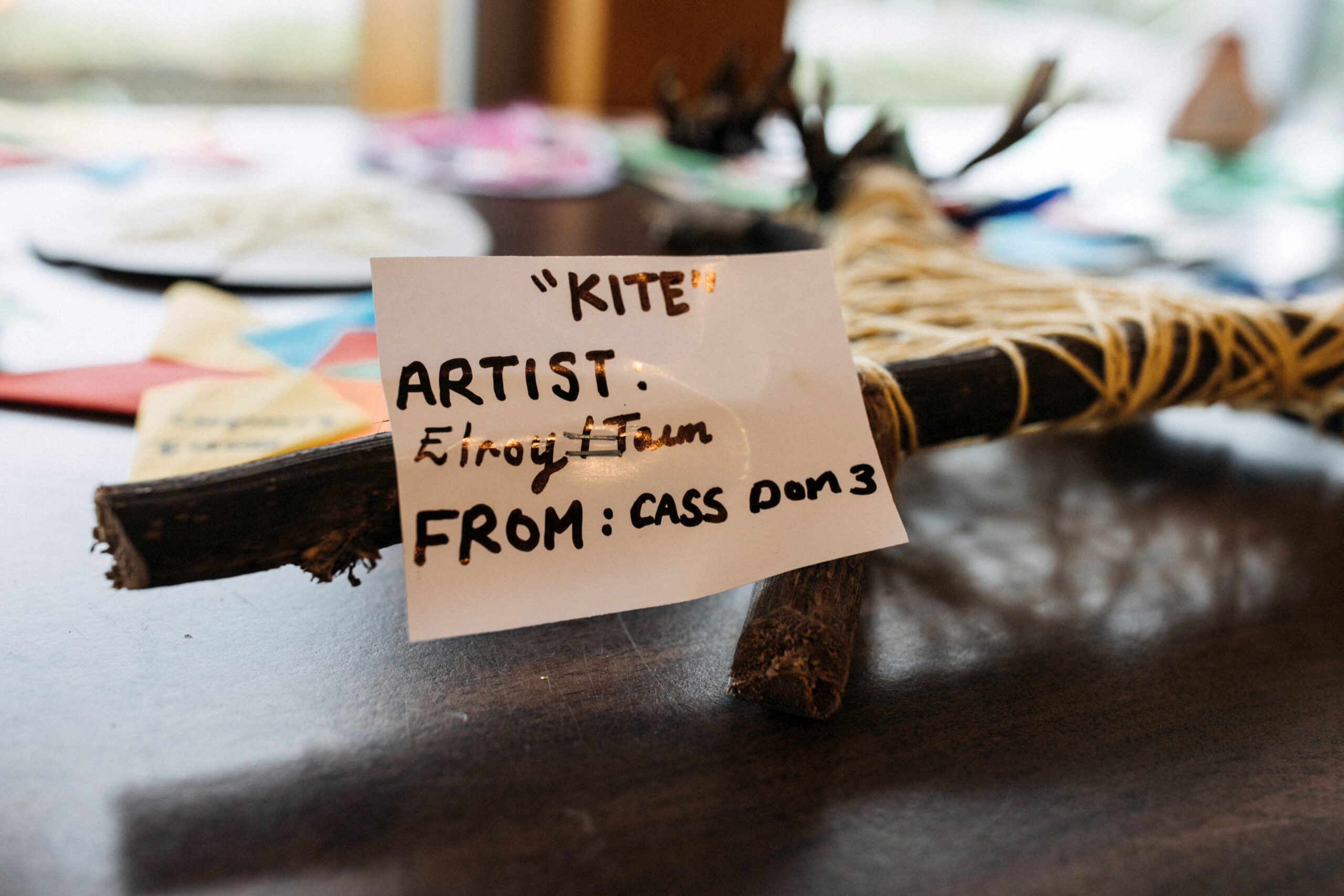
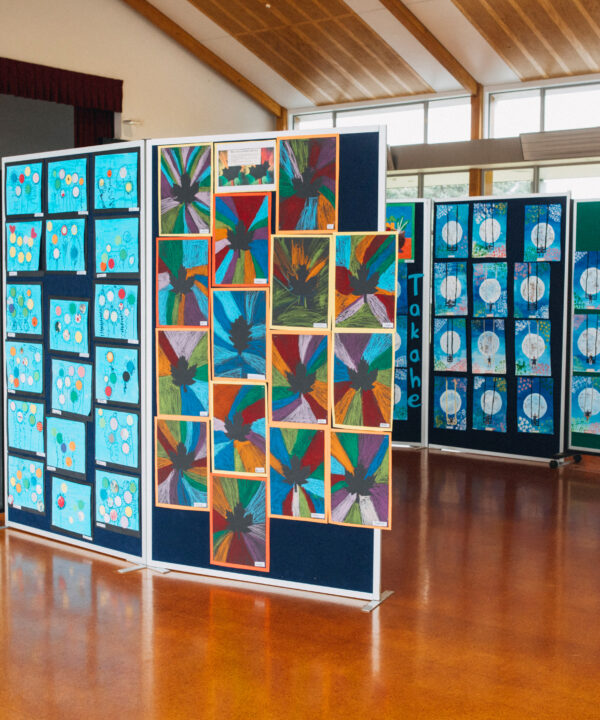
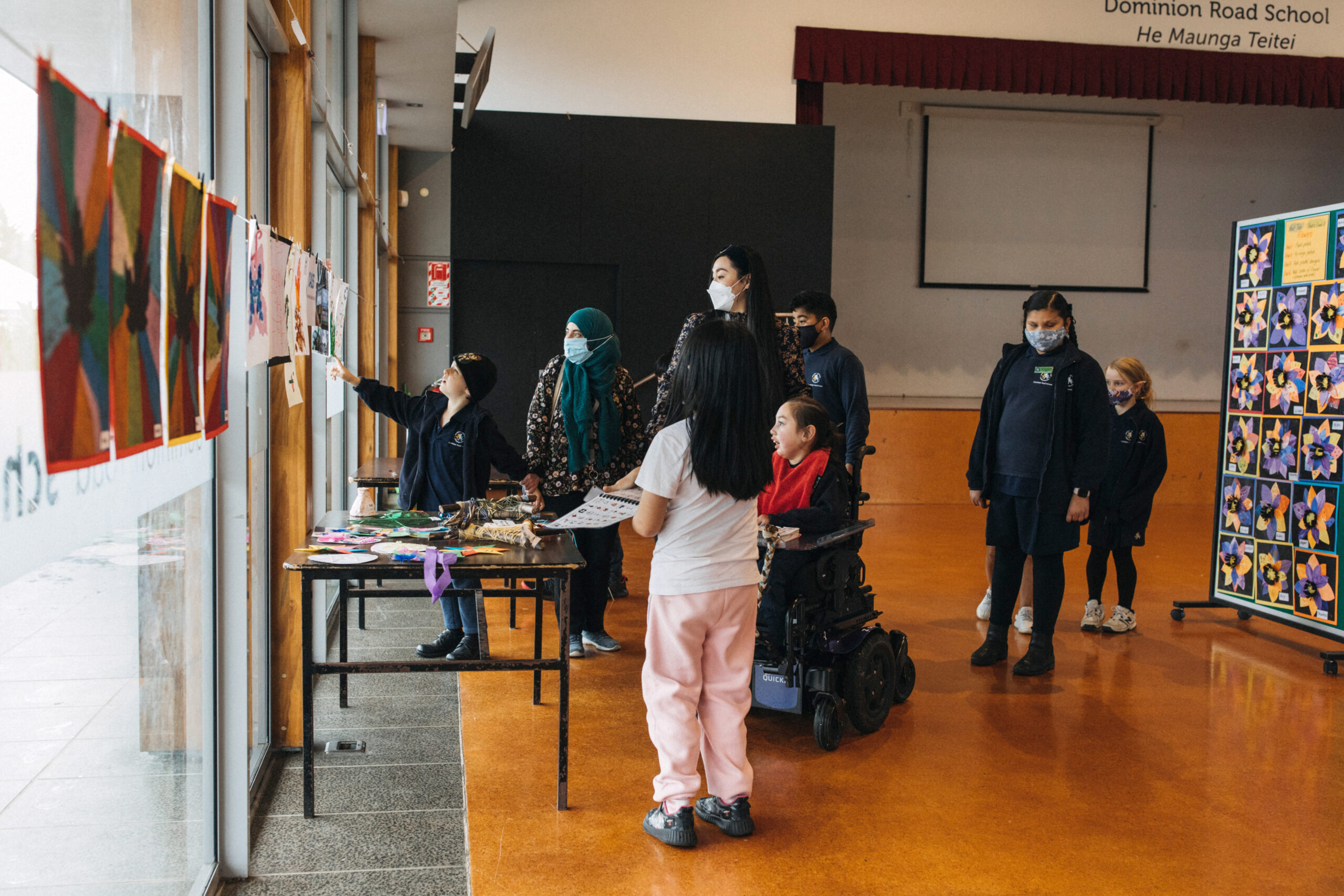
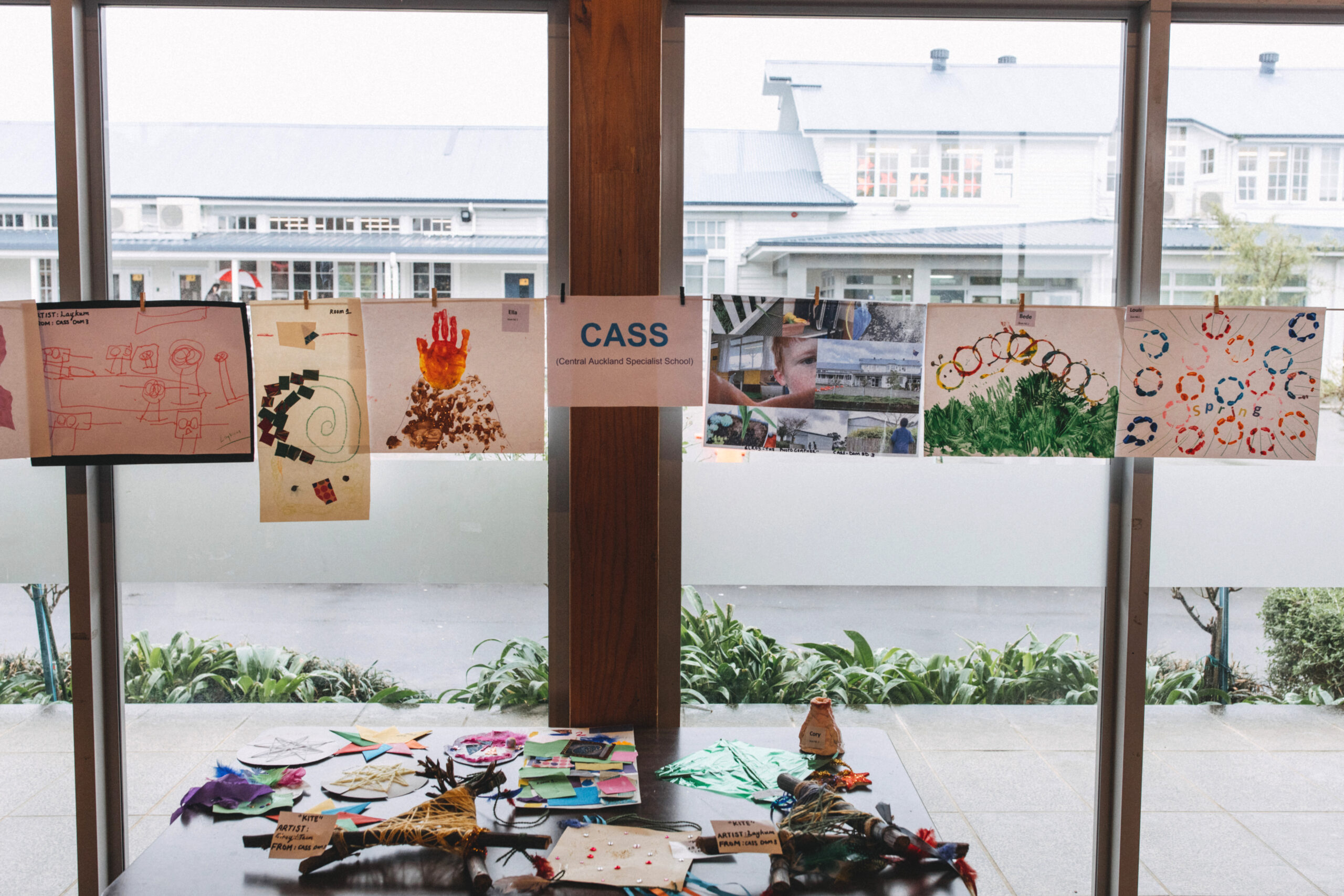
Brocas notes that the role of the specialist schools as a resource for local schools is growing. She’s a strong advocate for “built in” not “bolted on”, and she would like to see change in four areas. First, the success of specialist teachers providing outreach support to mainstream schools – helping with things like curriculum adaptation, assessment, learning environments and good practices – would be built on. Second, specialist schools would be increasingly seen as resource bases for mainstream schools, for example, providing professional learning opportunities for teachers and TAs.
Third, there would be a nationally coherent approach to the provision of satellite classes in local schools, with strong relationships created between specialist schools and local communities. Lastly, there would be significant changes to ITE so that not only would all beginning teachers know more about IE, but there would be a specific pathway for teachers to become specialist teachers of inclusive education. Practicums would involve working with diverse learners.
***
In early childhood education, where big gains can be made for disabled children in the early years, the huge demand for services continues.
In Upper Hutt, waiting lists are up to seven months – a crucial time lost for a child needing learning support. In response, Wellington’s Whānau Manaaki Kindergarten Association is exploring ways to address the need. One initiative involves using the specialist knowledge of early intervention teachers already working in the association.
Soreen Scahill is Head Teacher at Cottle Kindergarten, and she also works two days a week as the Early Intervention Facilitator. Her experience of IE includes with the Ministry of Education and the Wellington Early Intervention Trust – a specialist centre that children with high needs attend as well as their local centre.
Scahill and others in the team of eight visit kindergartens throughout Whanganui, the Wairarapa and Wellington, helping teaching teams to support diverse learners. “Kaiako are already doing amazing things, but they always value hearing further strategies that build on a child’s interests and strengths. Our role can also include affirming specific teaching practices and raising awareness of how these are supporting the learning.”

It’s an initiative she would love to see funded by the MoE and considered for the whole country. “It’s about colleagues working collectively – where we can all build our capabilities to support diverse learners.”
The initiative also extends to PLD, with the Loom platform enabling the team to create five-minute PLD videos. “Teachers don’t want PLD on things like ‘What is autism’ – things that they can find out on the internet. They want teaching strategies that they can use straight away in their kindergarten.” A recent Loom looked at increasing the ways kaiako can use visuals, showing how they’re used in Scahill’s kindergarten, and was posted along with other brief, relevant information, such as links to resources.
“Teams can watch the Looms together. They can reflect on the information and consider what it means for their teaching team. A collaborative approach to PLD is ideal as it takes a team to achieve inclusion.”
At the same time, Scahill would also like to see the MoE offering careful, considered PLD on two of their documents that support IE, He Māpuna te Tamaiti on learning support and Te Kōrerorero on communication, which she says are excellent. “These two documents have a caring and culturally responsive approach, which is in line with Te Whāriki [the ECE curriculum].” She would also like to see teacher-to-child ratios improved and group sizes reduced.
“Our community of learners are able to build positive attitudes around inclusion where they see that ‘difference’ is okay and that we all have unique ways of learning.”
Communication is important to Scahill. Several years ago, with a Deaf child and a child with Down syndrome at her kindergarten, her teaching team began to use more New Zealand Sign Language (NZSL). All the teachers at Cottle now use it. Along with courses the teachers have taken, Victoria University of Wellington’s online NZSL dictionary is a valuable tool.
She says kaiako recognise that all children communicate in different ways and signing can facilitate the development of not only the child who may need it but all tamariki. “Our community of learners are able to build positive attitudes around inclusion where they see that ‘difference’ is okay and that we all have unique ways of learning.
“It gives me a sense of pride knowing that our tamariki move onto school together and share this knowledge with others.
“We can’t change everything,” she says, “but we can take responsibility for what we can do. We can advocate for more funding, specialist teachers, and strengthen our ongoing PLD. In the meantime, children and families deserve the best we can offer.”
***
At many schools and centres, there is room for improvement. This is hard for parents of children with high needs, who are acutely aware of the gaps. Frian Wadia is an IE advocate and parent to three disabled children.
“There is a problem in Aotearoa New Zealand of not having a shared vision of IE,” she says. New Zealand has signed up to the UN Convention on the Rights of Persons with Disabilities, which clearly defines IE and what governments should be doing, but there is still a dual system.
“Segregation is offered because the resourcing in mainstream is inadequate and that creates anxiety for parents. In mainstream, their child is more likely to be stood down or bullied out, so the child goes to a specialist school where they are safer and welcomed, but to genuinely belong a child needs to be in their local school. The education policies are contradictory to the UN Convention.”
Some schools are doing well, she says, and she’s optimistic about the Teaching Council’s 2019 ITE requirements that set an expectation for trainee teachers to connect in meaningful ways with all their local communities, including with disabled children and their families. This means teachers will be more aware of whānau aspirations.
“I’m not saying that specialist schools should be shut down immediately, but there needs to be a vision and pathway for IE in all schools so segregation is eventually eliminated. It could be a 20-year plan, and it needs to be apolitical.”
“Segregation is offered because the resourcing in mainstream is inadequate and that creates anxiety for parents.”
It’s hard for everyone, she says, when your disabled child doesn’t want to go to school – “because ‘everyone hates me and the teacher hates me too’, and when children are asked to go for only a few hours a day, or are told they can’t go on camps, even when parents offer to go along. Learning cannot happen without a sense of belonging and safety.
“We need more neuroscience informed approaches and restorative practices. Holistic approaches are good for all children.”
At Berhampore School in Wellington, long-time IE advocate and principal Mark Potter is holding on to hope. “There have been really good changes in the last 10 years, and growing societal awareness. Just like it’s hard to get into a te reo class now, it’s hard to get into IE PLD.
“Technology is helping in some situations and the ministry too is seeing the importance of IE as a whole-of-system change.”
Educators are optimistic too about the new Ministry of Disabled People and Jan Tinetti as Associate Minister of Education. Tinetti, a former school principal and NZEI National Executive member, in her maiden speech to Parliament spoke of early experiences of the institutionalisation of people with intellectual disabilities, and how this inspired her passion for social justice.
As Wadia puts it, “The effects of good and poor inclusion on a student’s socio-emotional wellbeing, mental health and sense of identity are profound. The research is clear. Lack of inclusion leads to negative life outcomes such as isolation, depression, anxiety, unemployment, poverty, a shorter lifespan, and poor physical and mental health outcomes, while good inclusion allows for long-term positive life outcomes such as participation in the community, positive self-identity, friendships, employment, better physical and mental health, and longer life expectancy.”


